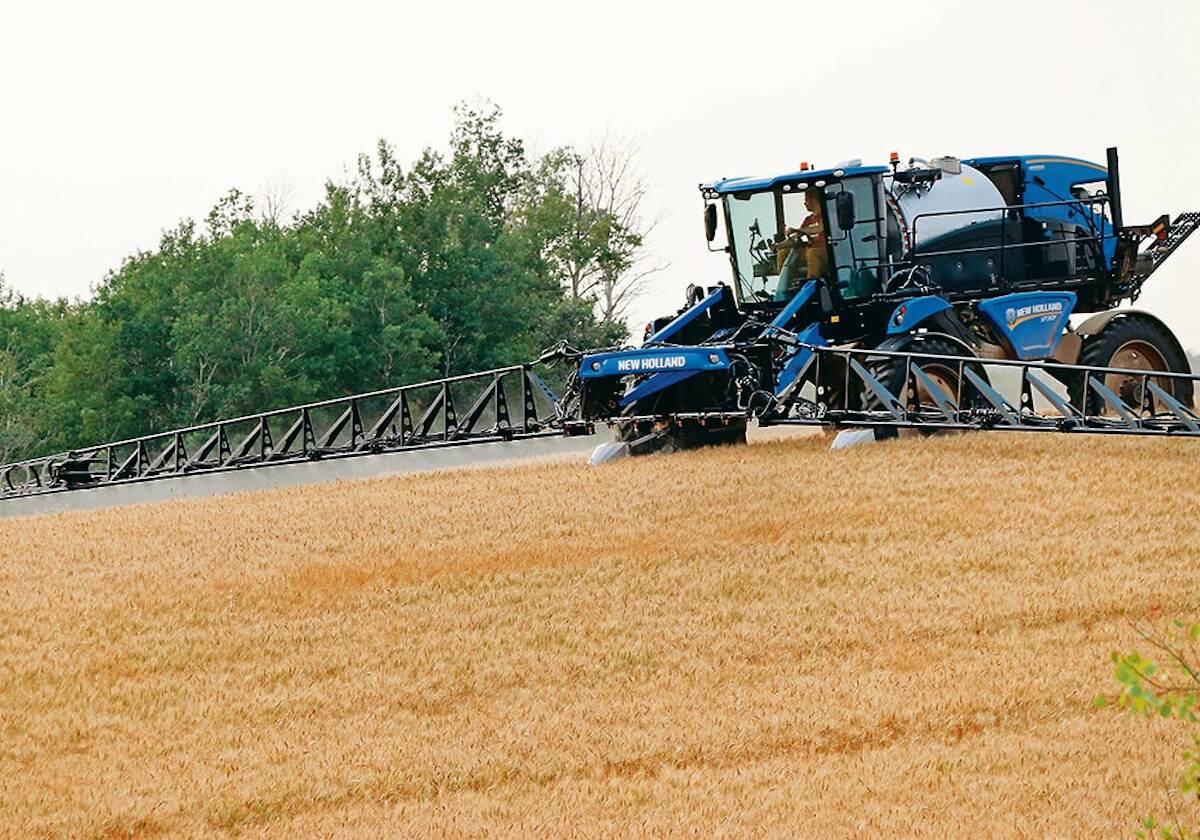As the writing began to appear on the wall for the Canadian Wheat Board, many wondered what would become of Brand Canada.
The nation has long enjoyed a global reputation as a producer of high-quality milling wheat.
Canada has been a dominant player in this lofty quality grouping since the legendary Red Fife and Marquis varieties.
Like or dislike the CWB’s single-desk powers, few would disagree the organization played an important role in promoting and preserving that reputation.
Read Also

Farming still has digital walls to scale
Canadian farms still face the same obstacles to adopting digital agriculture technology, despite the years industry and policy makers have had to break them down.
As our Allan Dawson reports on the front page of our June 13 issue, it was an important funding partner to the Canadian International Grains Institute, picking up a big part of the tab there, with the federal government picking up the remainder.
This customer outreach and education effort was an important building block of the brand during Cigi’s 47-year history. Cigi was able to bring customers to Winnipeg, or visit them on their home turf, and demonstrate first-hand how Canadian wheat and barley would work in their mill or brewhouse.
Combined with the grading system and the independent quality-assurance oversight of the Canadian Grain Commission, it was an attractive package. In a world grain trade that was mostly ‘buyer beware,’ this level of confidence was a selling point.
The challenge, in the post-CWB era, was always going to be how to fund and maintain these central activities when suddenly there were a number of independent entities involved.
It had to somehow happen jointly, since if one company funded the work, nothing prevented another operation from then benefiting from that work. It was the collective action problem of the world of economics sprung to life in grain marketing in Western Canada.
Initially, the funding of Cigi fell to farmers, as the federal government introduced a five-year, 48-cent-a-tonne, ‘Western Canadian Deduction.’ Initially, there was little involvement from the grain companies, leading to complaints that they were free riding on the investments of farmers.
By 2017, however, when the Prairie wheat and barley groups were discussing how to move forward, seven grain companies had stepped forward.
Viterra, Richardson International, Cargill Canada, Parrish and Heimbecker, Paterson Grain, G3 Canada, and the Inland Terminal Association of Canada have been described as “core funders” of Cigi.
In an era of uncertainty and growing competition, getting the technical support and customer education part right is more important than ever.
For example, in the fall of 2018 grain industry insiders were fretting in these pages over the clear transportation advantages and improving execution in the Black Sea region.
A joint Cereals Canada-Cigi exploratory mission had recently visited Russia and Ukraine, finding most of the grain is coming from modern farms with world-class equipment, Cereals Canada CEO Cam Dahl said at the time.
“There has been significant gains made in much of the Black Sea region,” he noted.
While the winter wheat that’s the staple of that region won’t likely ever compete with Canada on quality, it does make the business case for Canada’s quality brand that much more compelling, as their logistical issues ease.
Just south of the international boundary, wheat producers in North Dakota are rethinking market promotion as well. This spring the North Dakota wheat growers association pulled out of the U.S. National Association of Wheat Growers, saying its members were not getting enough in return for their annual dues.
In particular, observers say, they were frustrated by the preoccupation of the national group with winter wheat, while ignoring the opportunities in higher-quality spring wheat and durum, both of which are produced in North Dakota.
In a world that’s awash in cheaper lower-quality wheat, these growers are seeing quality as their marketing differential, along with growers in Canada and Australia.
And while some may question whether the benefits are still there for the Canadian wheat industry as premium prices aren’t generally seen by most, it is important to understand where Canada fits in the global context.
If Canada isn’t going to be a quality wheat producer, it’ll be just another wheat exporter — albeit with an iffy climate and the transportation challenge of hauling most of the wheat over several mountain ranges to salt water.
Whether Cigi will, in the end, merge with Cereals Canada, is an important question. As a funder of Cigi, through your provincial association, you should have a say in ensuring your interests are protected.
But in the end, having an effective global marketing effort is the most important issue.



















